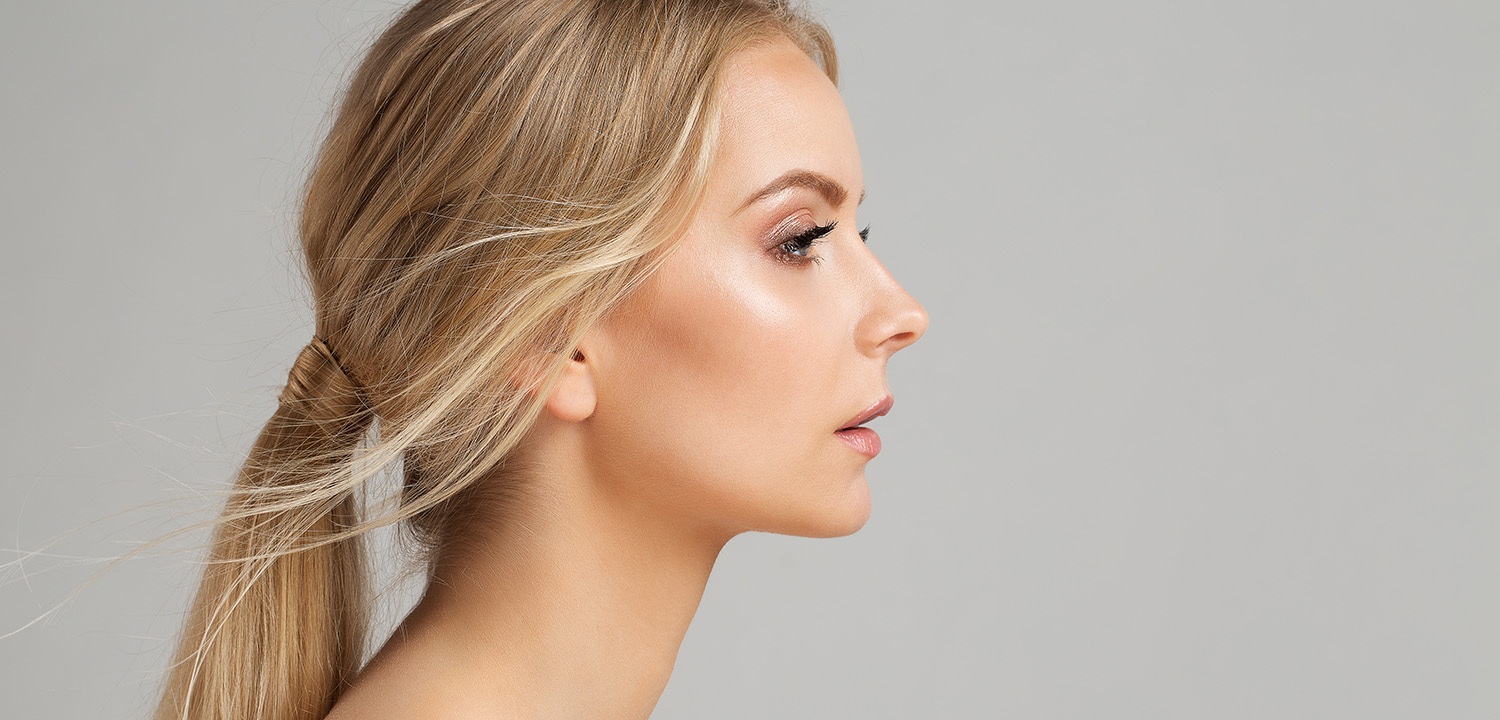The purpose of rhinoplasty is twofold: to change the shape of the nose, to allow for easier breathing or both. It’s a complex procedure that changes the bone, cartilage, skin, or any combination thereof. In some cases, surgeons will take bone or cartilage from elsewhere in your body to complete the procedure, particularly if reconstruction after facial trauma is required.
But there’s a specialized type of rhinoplasty that matches a patient’s ethnic facial features and preferences. This is called ethnic rhinoplasty because it modifies the nose’s appearance while preserving the patient’s ethnic identity.
At Midwest Facial Plastic Surgery, we take a holistic approach to rhinoplasty: we improve the look and function of the nose while deeply respecting the patient’s cultural identity.
This approach ensures that the outcomes are not only aesthetically pleasing but also culturally respectful, maintaining the balance between improving aesthetic appeal and functional aspects, without erasing the individual’s cultural or ethnic characteristics.
An Overview of Rhinoplasty Based on Cultural Research
Patients of East Asian descent are most often good candidates for work on the nasal tip and dorsum, generally augmentation of either or both. Secondarily, people of Asian descent seek rhinoplasty because they want to decrease their nasolabial angle for different reasons.
Black people have thick skin around their noses. In many cases, they also have flat or broad nose tips and wide nose bridges. They may want to alter one or more of these traits in some way. Black people’s skin is also, in many cases, more prone to scarring than other people’s skin. Additionally, their nasal cartilage tends to be more delicate. All of these factors mean that we must be both ultra-precise and careful when performing rhinoplasty for them.
For people of Meso-America and Central American heritage, the most popular aim of rhinoplasty is the alteration of a bulbous nose tip. Based on the direct genetic history of the person’s ancestors, patients will have either overly thick skin or overly thin skin. Each of those traits leads to different preparations for surgery.
When it comes to rhinoplasty for people around the Middle East, the nose characteristic that’s most often changed is a deviated septum that, when paired with a bulbous tip and sharp nasolabial angle, causes breathing difficulties.
What to Expect: Before, During, and After
Much like a traditional rhinoplasty, you can expect similar processes before, during, and after the procedure.
During your initial consultation, our team will have discussions with you about your wishes and expectations. They’ll also discuss your suitability for rhinoplasty. If the decision after that is to proceed, they’ll both need your complete medical history, including any medications or supplements you’re taking.
Once you get the green light for a rhinoplasty procedure, you’ll receive either a local anesthetic or twilight sedation. Twilight sedation is a type of anesthesia that’s designed to make you comfortable but not put you to sleep. General anesthesia and hospitalization are rare when it comes to rhinoplasty. Usually, it’ll only be during cases of facial reconstruction.
After the procedure, you’ll have to sleep with your head elevated for a while. You also shouldn’t blow your nose for some time or participate in vigorous physical activity. Lastly, you won’t be able to wear glasses or sunglasses normally and must have a cheek mount for these. The normal time for these changes is from four to six weeks.
Consult with Us Today
At Midwest Facial Plastic Surgery, our surgical team takes an extra step to ensure that our rhinoplasty techniques are tailored to your unique facial features and cultural background. We ensure results that respect your ethnicity and personal aesthetic goals. Book a consultation to explore how we can enhance your natural beauty while honoring your heritage.

